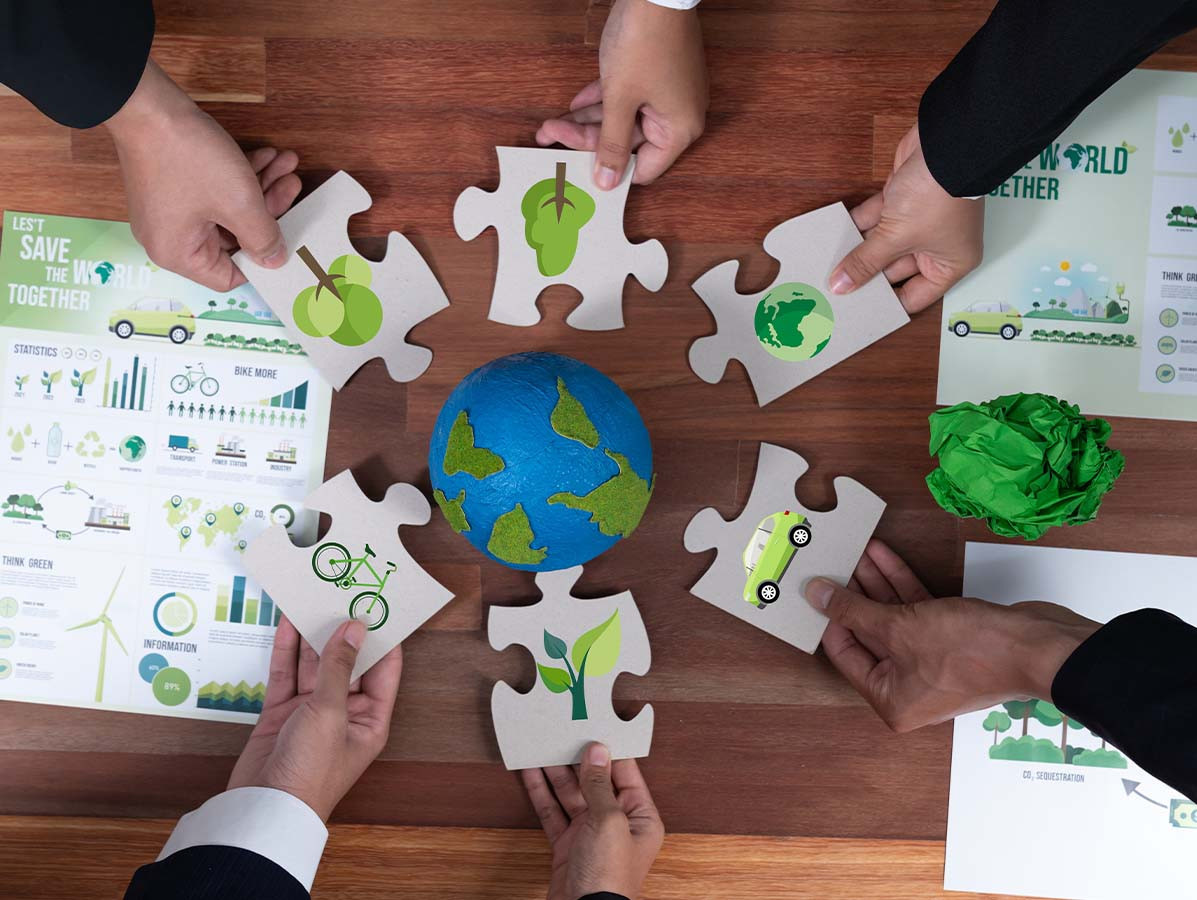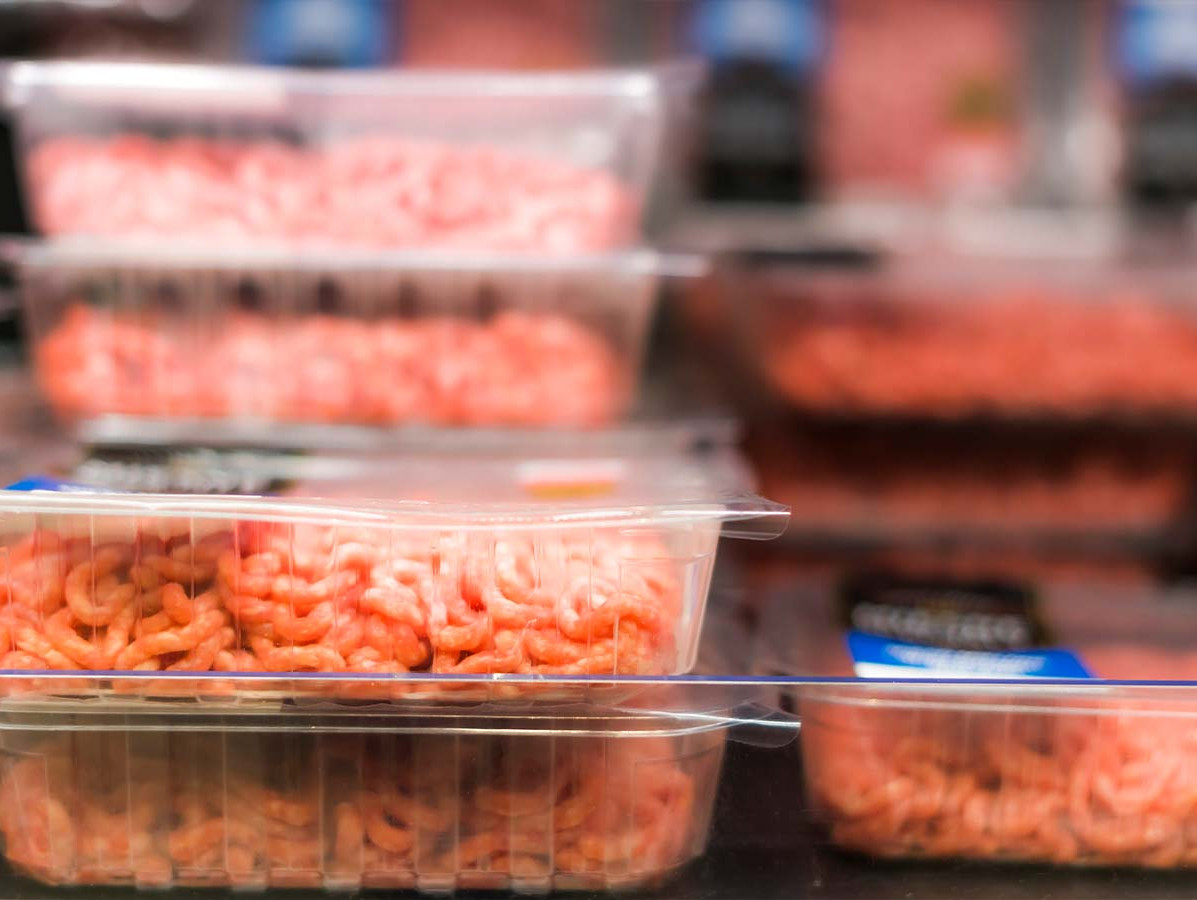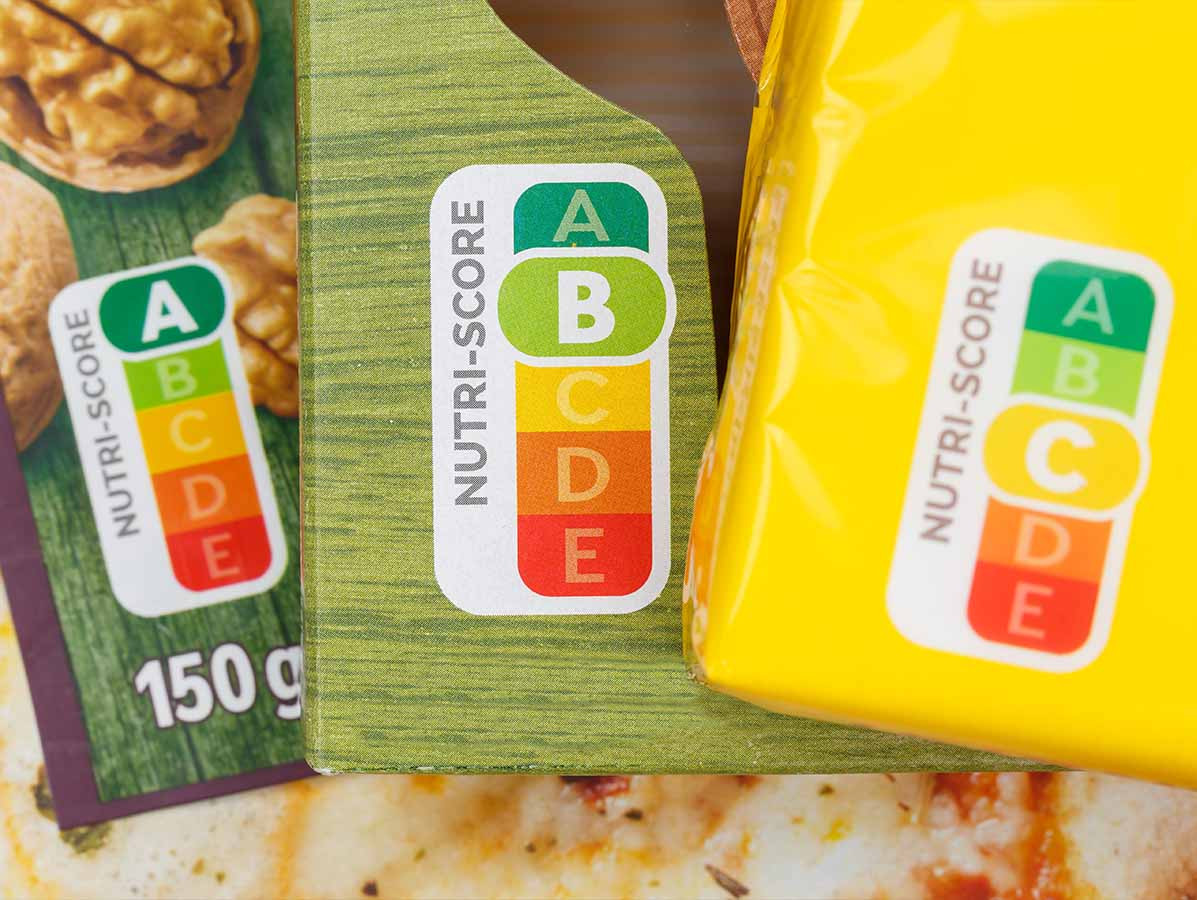
What trends and developments will the food packaging industry face? Changes in legislation have a significant impact. What does the market demand, and how do you respond to it? What will be the biggest challenge in the coming years?
"Many changes that have been discussed for years are now becoming a reality. A tsunami of new legislation is approaching the packaging industry," says Rob Verhagen, Sustainability Director at OPACKGROUP. He is joined by Jan Zwaan, director of Espera Nederland, a manufacturer of weighing and labeling equipment that supplies packers of fresh foods, and Eelco van Schaik, Area Sales Manager at Repak, producer and supplier of thermoforming packaging machines. Together, they review the most important trends and developments for the packaging food industry, from their own expertise.
"Previously, packaging legislation was relatively straightforward," Rob explains. "Packagers had to comply with the 'Essential Requirements' from 1994. Packaging had to be safe, and both the amount of material and its environmental impact had to be minimized. However, there was hardly any enforcement for years. That has changed. In 2021, the Human Environment and Transport Inspectorate (ILT) issued the first fines for packaging that did not comply with the law; for excessively heavy glass bottles."
He continues his list with the tariff differentiation of the Waste Fund that was introduced, the National Circular Plastic Standard that may take effect in 2027, and the far-reaching European 'Packaging & Packaging Waste Regulation' (PPWR) which is almost finalized. "There is still debate about the exact content of the latter, but it is certain that recyclability will become the standard. The use of recyclate in plastic packaging will be standardized. Coffee pouches, tea bags, and stickers on fruits and vegetables, for example, will have to be compostable in the future. The total amount of plastic waste must decrease: by 5% by 2030 and those target percentages will become increasingly strict in the future. Some packaging, such as small packaging in restaurant dining, will be completely banned. There will also be concrete objectives for reuse and refillability. The crucial question for food packagers: is my current packaging future-proof?"
Eelco van Schaik notes, "We do see that companies are holding off. Not everyone wants to lead the way and thus pay the highest price. Many consciously choose not to have to choose yet, waiting to see what the market and legislation will do. They do invest, however, and now opt for a machine that is versatile and gives them the option to make a definitive choice later for a different packaging form and/or more sustainable material."
Rob doubts whether waiting is wise: "Switching to other packaging materials takes about 2 to 3 years of development time. You may indeed need to purchase a new machine and adjust your marketing & sales. So, you really need to get started now, otherwise, you won't meet the legal targets."
Jan Zwaan sees many packaging changes due to the reduce/reuse/recycle requirements. "This brings all sorts of new challenges, including for labeling. Replacing a paper label with a plastic one is fine, but you might need a different packaging machine. The supermarkets, especially the leading three, dictate a lot about the direction things are going. An example? Take the NutriScore. Or the changed minced meat packaging from a tray seal tray to a bag."
Rob: "That transformation resulted in a 70% reduction in weight!"

For the consumer, a different packaging often takes some getting used to, but this adjustment process pales in comparison to the change process that the producer and chain must undergo; all three of them agree on this wholeheartedly. Eelco: "A new packaging line is needed, a new filling principle, different quality procedures. The primary function of the packaging must of course remain intact. We can move towards sustainable solutions, but if the packaging does not provide good protection in the logistics chain, you end up with food waste, material loss, failure, and rejection. The entire logistics chain must therefore be adapted to the new packaging. Marketing, sales, and total distribution must align with it."
Jan: "A bag also poses a challenge for labeling. A rectangular top-seal package is relatively easy to provide with information on all sides, a bag has very different product properties, sometimes also a different packaging speed. In that case you have to adjust the application technology, including the aspect of identification. Our machines are capable of accurately labeling packages with unusual geometry at high speed."
All these changes take time and money. Does that mean you shouldn’t do it? "Certainly not!" Rob finds: "This transition calls for an integrated approach. It is essential that all parties in the chain, from machine builder to logistics, from retailers to the packaging companies, and all departments within the company. This means that both the marketing and purchasing department, the operators and quality workers, have to work much more closely together, to be able to determine the actual total costs. Perhaps a more sustainable material is more expensive to purchase, but if that can get you a significant tariff reduction for your extended producer responsibility, the total costs are lower." He refers to the new recyclable barrier packaging, suitable for food, that his company has introduced to the market in 2022: "In the past, we used a lot of complex laminates (with different polymers), because they had, among other things, better barrier properties and good puncture resistance. The disadvantage of those materials is that they are not, or poorly recyclable. We have discovered that by 'stretching' polyethylene in a clever way, this material gets different properties: it changes from amorphous to crystalline. The barrier properties, transparency, and puncture resistance thereby improve significantly. We laminate this stretched polyethylene against ordinary polyethylene. This creates a material with the properties of complex laminates, only now from a mono-material. It is recyclable and contributes to weight reduction."
When asked whether this material also runs on existing packaging machines, he responds: "Absolutely, and that is exactly why chain collaboration is so important! When processing PET-PE, most machines are set to 160, 165 degrees. With our film, that temperature is much lower. That doesn’t only mean energy savings, it also means that you have to train your operators and change the machine settings, so you have to work with the machine supplier to properly address that."
Another trend that greatly influences the packaging industry is the increase in the number of product variations, as Jan points out. "Multiple production batches and just-in-time production lead to more switches. There are more occasions at which something can go wrong. And it happens, just look at the number of notifications from the Dutch Food and Consumer Product Safety Authority (NVWA) about incorrectly labeled products. This year the NVWA is also focusing on a correct declaration of allergens." Because of his nut allergy, he experiences daily how important that is. He knows: a wrong declaration can be life-threatening. Summarizing, Jan continues: "Due to stricter legislation, including tightening of the date declaration BBD (Best Before Date) and UBD (Use By Date), extensive regulations regarding the declaration of nutritional values and allergens, and the wishes and requirements of the big supermarkets, the biggest challenge in labeling is ensuring that the right information is placed in the right place on the package and at the right time. Chain transparency is becoming increasingly important."

©Markus Mainkas/Shutterstock.com
What is needed to prevent mistakes, Jan argues, are machines that you can automatically adjust per order and a system in which you work order-driven from a single central database. "It has long been a requirement that you know exactly all your ingredients. Now that is also essential when calculating the NutriScore." He expects that this information may also be (partly) digital in the future. In fact, this is demanded by a supermarket chain in Germany. "Every food packaging must have a dynamic 2-D code for tracking and tracing. Each individual batch, or even a single package, gets a unique code. By being transparent about the chain, you can distinguish your packer or producer. Digitalization is a requirement to provide that transparency."
But there's another important reason why investing in automation and digitalization is important. Jan: "Manual packing is becoming less and less common. On the one hand, because employees are scarce in the Netherlands, but also because you can significantly reduce the number of errors. The information that has to be on the label then comes from a centrally located system. That is linked to the control systems; for verifying the correct weight, the right ingredients, applying the correct NutriScore and declaring the right allergens. This can only be achieved with extensive digitalization and automation. That trend is irreversible and was set in motion a long time ago."
Eelco wants to address the current personnel challenges: "Food companies are increasingly working with temporary workers. They usually don't stay long and have to learn a lot in a short time, and there could be language barriers. Machines that are easy to operate, quick and easy to adjust and clean, then contribute even more to reducing downtime, and thus to reducing losses. The operating screen, the HMI, is therefore made as intuitive as possible. We are now fully engaged in redesigning the machine. Simplicity and ensuring minimal downtime are the main goals. We realize very well that a machine is just a means to achieve the real goal of our customer: a production manager wants to have all products shipped out according to the guidelines and planning at the end of the day. The more he is 'in control', the more peace of mind that provides. Digitalization helps to monitor and safeguard things, and thus to monitor the process."
"Ultimately, the customer wants the perfect package. That is an interplay between packaging machine and packaging material. We therefore invite our business relations who are looking for a different packaging to come to our Experience Center to test different materials and packaging forms. Selling from a folder is one thing, but actually walking out the door with a physical package containing your chicken or cheese creates a completely different impression. This gives you something to show to the other deciding stakeholders right away. We notice that with all those legal obligations, a neat appearance remains essential. Otherwise, you simply don't sell the product."
The challenges are great: food packagers must ensure that the packaging they bring into the system meets a lot of requirements. Some legal requirements clash with each other; you can read more about that in the article 'Recycling in 2024: What does the new legislation entail?'. Other legislation, however, is actually driving the transformation in the same direction. Rob: "The tariff differentiation, the extended producer responsibility, CO2 levy, packaging tax, laws preventing sustainable claims that aren’t, purchasing guidelines and legislation on added additives in packaging." He could go on for a while. "Yes, it's a lot," he admits. "But if we want to work toward a better, livable world, we must change things. Legislation ensures that everyone does it the same way. Such clarity will help us move forward. It sets the goal on the horizon that we can move towards."
Source: Vakblad Voedingsindustrie 2024